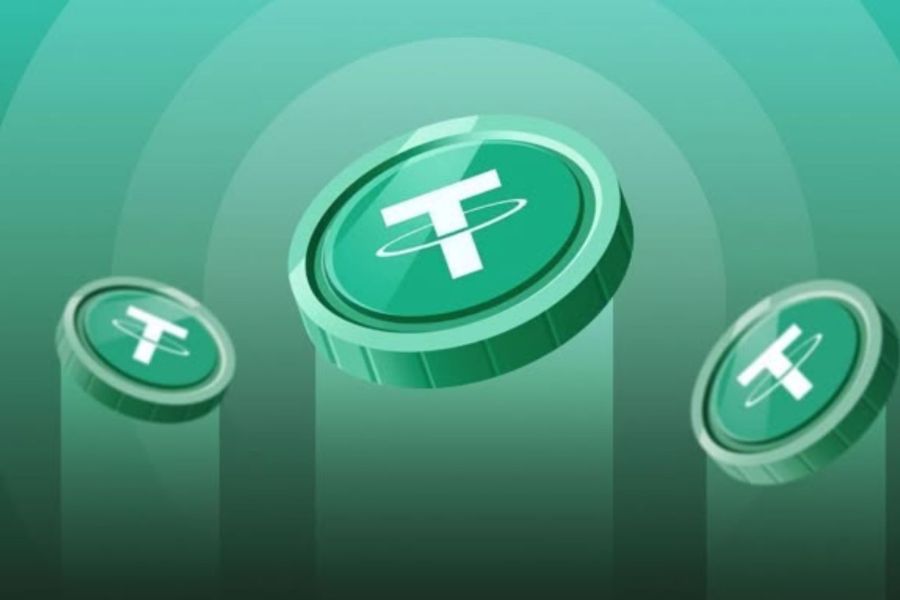The growing adoption of crypto assets has challenged traditional models of monetary policy, financial supervision, and capital controls. In Europe, this phenomenon has caught the attention of the European Central Bank (ECB), which has shifted from being a mere observer to playing a strategic and active role in regulating and supervising the crypto ecosystem.
This article explores how the ECB influences crypto regulation, its role within the European framework alongside other institutions, and its stance on innovations such as stablecoins, central bank digital currencies (CBDCs), and the DeFi ecosystem.
What is the ECB and what is its traditional role?
The European Central Bank is the institution that manages the euro and oversees monetary policy in the eurozone. Its main functions include:
- Maintaining price stability.
- Supervising the soundness of the banking system.
- Promoting the proper functioning of payment systems.
- Providing liquidity to the financial system during crises.
With the emergence of crypto assets like Bitcoin, Ethereum, and stablecoins such as USDT or USDC, the ECB has had to rethink its role to avoid systemic risks and adapt to a new digital landscape.
Crypto assets: Why does the ECB consider them relevant?
Although the ECB does not directly regulate crypto assets like it does with banks or traditional financial institutions, it assesses their macroeconomic, monetary, and financial impact. The ECB’s main concerns include:
- Risks to financial stability, especially due to the widespread use of unregulated stablecoins.
- Loss of control over monetary policy, if citizens massively adopt private digital currencies.
- Risks to payment and settlement systems, if crypto platforms operate outside the supervised framework.
- Money laundering and terrorism financing through opaque crypto transactions.
What is the ECB’s role in crypto regulation?
Although legislation like MiCA (Markets in Crypto-Assets Regulation) and TFR (Transfer of Funds Regulation) is led by the European Commission and approved by the Parliament and Council, the ECB plays a key role as a technical advisor, stability guarantor, and promoter of financial standards. Its responsibilities include:
1. Issuing technical opinions
The ECB evaluates and publishes technical reports on European legislative projects related to crypto. For example, during the MiCA process, the ECB issued warnings about global stablecoins, highlighting risks to monetary sovereignty.
2. Macroprudential supervision
In coordination with the European Systemic Risk Board (ESRB), the ECB monitors systemic risks associated with digital assets. If instability or risk concentration is detected, the ECB can issue regulatory alerts.
3. Collaboration with national authorities
The ECB works closely with national central banks, the European Banking Authority (EBA), the European Securities and Markets Authority (ESMA), and the Single Supervisory Mechanism (SSM) to ensure a coherent response to crypto market developments.
4. Designing the digital euro (CBDC)
One of the ECB’s most relevant tasks in the crypto field is the design of the digital euro, a CBDC that will serve as a safe and public alternative to private digital currencies.
The digital euro: The ECB’s response to the crypto boom?
The digital euro is an advanced project aimed at offering a digital form of money issued by the central bank, with full backing and universal access. It responds to the ECB’s concern that the European economy may rely on private or foreign digital payment systems.
Goals of the digital euro:
- Guarantee European monetary sovereignty.
- Provide a secure, fast, and affordable digital payment method.
- Compete with solutions like stablecoins or China’s digital yuan (e-CNY).
- Promote financial inclusion and consumer protection.
The ECB has stated that the digital euro will not replace cash, but complement it, and will be designed to ensure privacy and compatibility with existing payment systems.
The ECB’s approach to stablecoins and DeFi
Stablecoins
The ECB has voiced specific concerns about stablecoins with potential massive use in the European financial system, especially those issued by foreign companies or lacking proper reserves.
Identified risks:
- Lack of real backing reserves.
- Possible conversion runs (bank runs).
- Disruptions in traditional payment systems.
- Loss of monetary control.
Therefore, the ECB has advocated for stablecoins to be subject to equivalent banking and financial oversight, including audits, reserves, and regulatory transparency.
Decentralized Finance (DeFi)
While the ECB acknowledges DeFi’s innovative potential, it also warns about its lack of supervision, transparency, and legal accountability. In its current form, DeFi cannot safely replace the traditional financial system, but could complement it if a robust legal framework is developed.
International coordination by the ECB in crypto matters
The ECB does not act alone. It actively participates in international forums such as:
- G7 and G20: where global regulation of stablecoins and CBDCs is discussed.
- IMF and Bank for International Settlements (BIS): collaborating on common standards and interoperability testing.
- Financial Stability Board (FSB): promoting rules to prevent global systemic risks from crypto.
This coordination is crucial to avoid regulatory arbitrage (companies moving to laxer jurisdictions) and to design interoperable cross-border solutions.
How is the ECB involved with MiCA?
The ECB does not directly implement MiCA, but it:
- Participates as a technical and advisory actor during its development.
- Can issue binding opinions on stablecoins or assets with monetary impact.
- Collaborates with ESMA and EBA in effective market oversight.
- Has a say in the authorization of certain stablecoins if they could interfere with monetary policy or payment systems.
The European Central Bank plays an increasingly prominent role in the European crypto ecosystem. Although it does not directly regulate the market, its influence is crucial in setting the rules, defining limits, and ensuring innovation occurs in a safe and supervised environment.
In a world where cryptocurrencies, DeFi, and stablecoins are changing the way we understand money, the ECB positions itself as the guardian of financial and monetary stability in Europe, adapting to the digital revolution without losing sight of its fundamental mandates.





